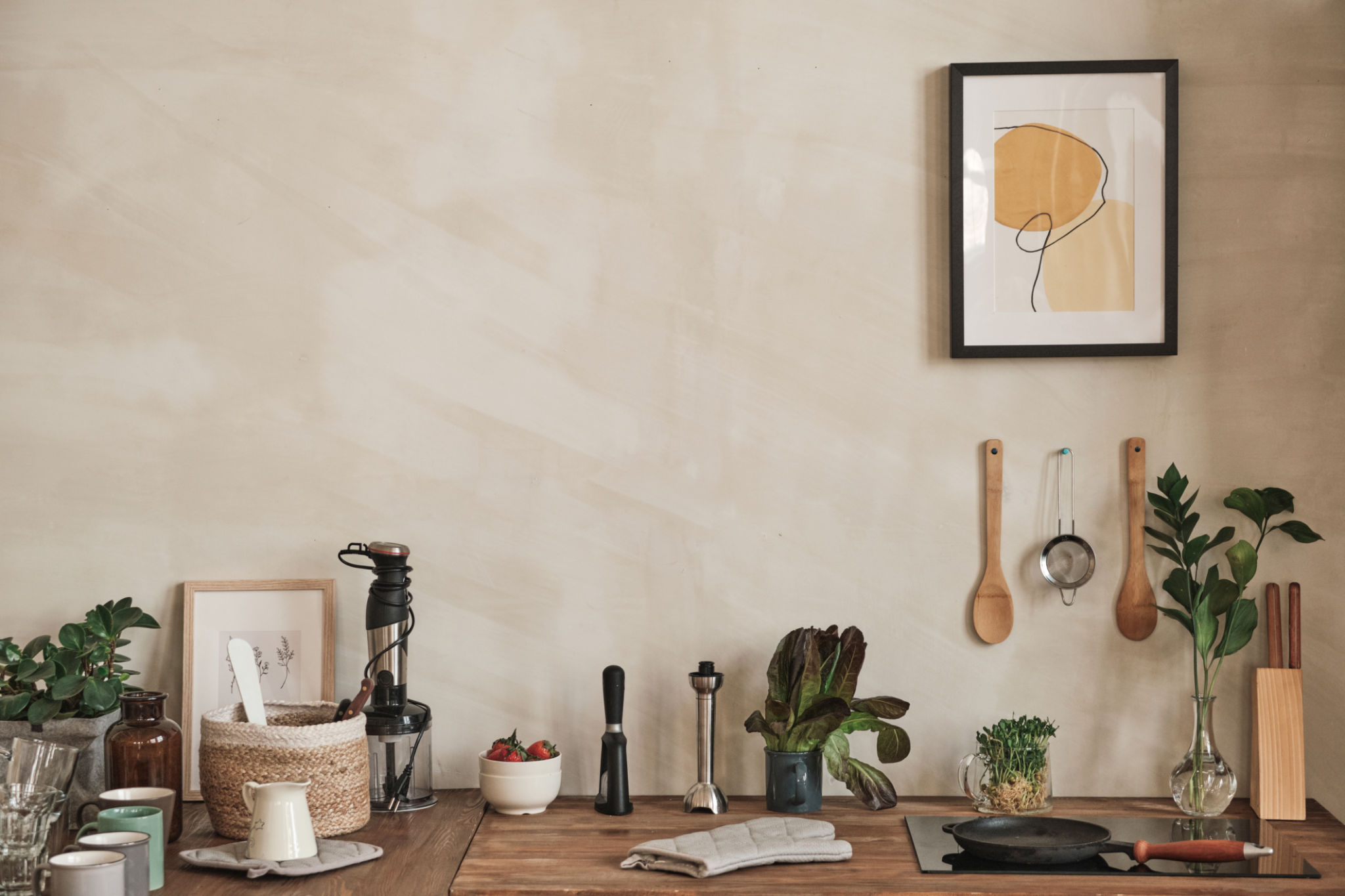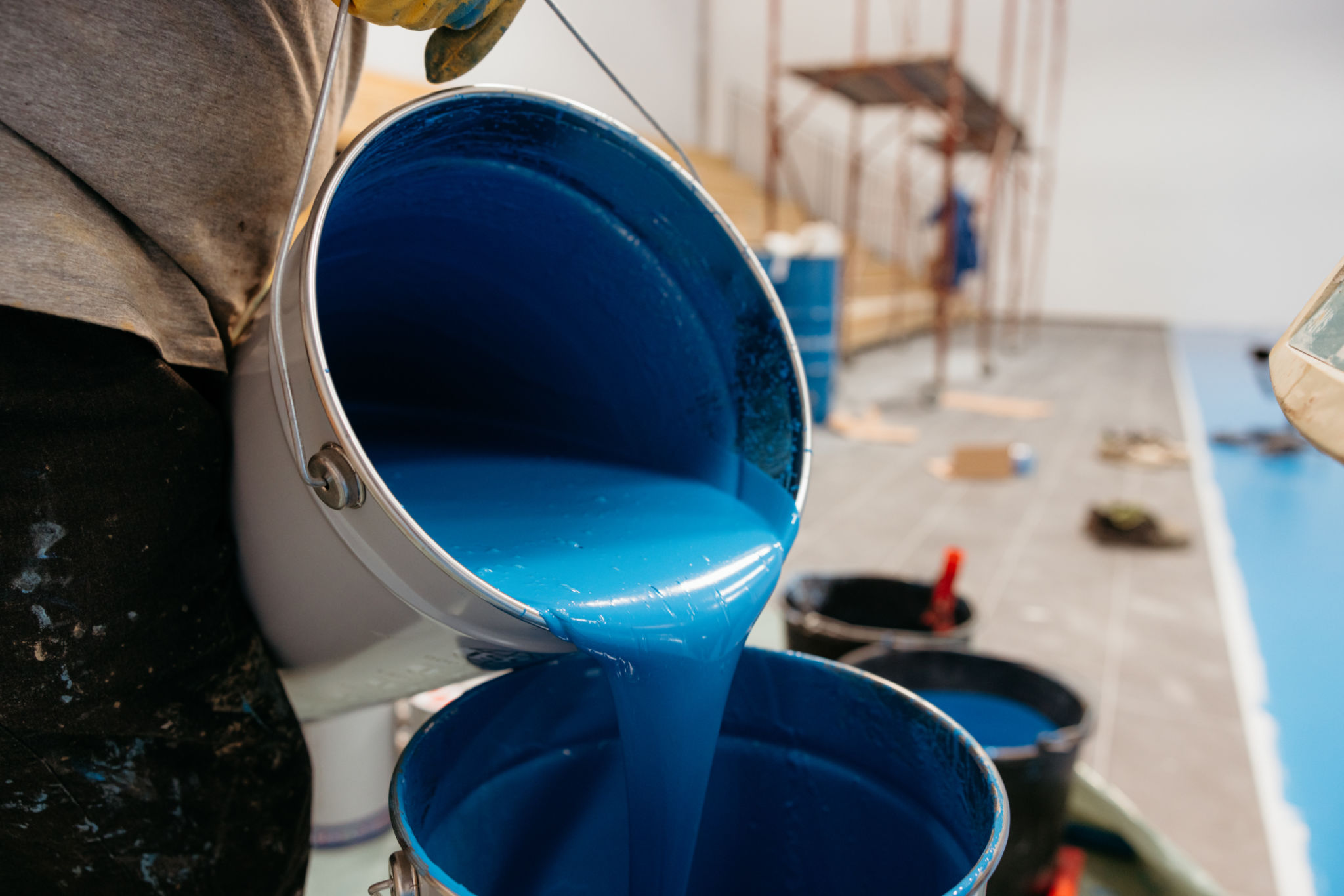Avoid These Common Painting Mistakes: Insights from Professional Painters
Understanding the Basics: Preparing Your Surface
Before you even think about picking up a paintbrush, it's crucial to prepare your surface properly. Many DIY enthusiasts make the mistake of underestimating this step, resulting in a less than perfect finish. Professional painters stress that surface preparation is one of the most important aspects of a successful paint job. This includes cleaning the walls, repairing any damages, and applying a primer if needed. Skipping these steps can lead to uneven textures and poor adhesion.

Choosing the Right Tools and Materials
Another common mistake is using the wrong tools or materials for the job. It's not just about buying any paint or brush; it's about selecting the right type for your specific needs. Pros recommend investing in high-quality brushes and rollers that can make a significant difference in your painting results. Additionally, ensure you're using paint that suits the room's conditions—such as moisture-resistant paint for bathrooms.
Understanding Paint Types
It's essential to understand that not all paints are created equal. Know whether you need acrylic, oil-based, or latex paint to get the best results. Each type has its advantages and is suitable for different surfaces and environments. For instance, acrylic paints are known for their quick drying time and durability, making them ideal for high-traffic areas.

Mastering the Technique: Avoiding Common Application Errors
Even with the right preparation and materials, application technique can make or break your painting project. One frequent error is overloading the brush or roller with paint, which can lead to drips and uneven coverage. Instead, apply thin, even coats and always let each layer dry completely before applying the next. This method ensures a smooth finish and reduces the risk of visible brush strokes.
Don't Forget the Edges
Edges and corners often get neglected, resulting in an unprofessional look. Use an angled brush to carefully tackle these areas. Take your time to ensure that these parts receive as much attention as the larger sections of the wall.

Proper Cleanup and Maintenance
Once your painting project is complete, proper cleanup is essential. Clean your brushes and rollers immediately after use to extend their lifespan and maintain their performance. Using soap and warm water for latex paints or mineral spirits for oil-based paints will help preserve your tools.
Regular Maintenance Tips
To keep your newly painted surfaces looking fresh, regular maintenance is key. Dust walls regularly with a soft cloth and spot clean any marks with a damp sponge. By maintaining your painted surfaces, you prolong their life and keep them looking vibrant longer.
Final Thoughts
Avoiding these common painting mistakes can save you time, money, and frustration. By learning from professional painters and taking a methodical approach to your projects, you can achieve a high-quality finish that enhances the beauty of your space. Remember that patience and attention to detail are your best tools for success in any painting endeavor.
